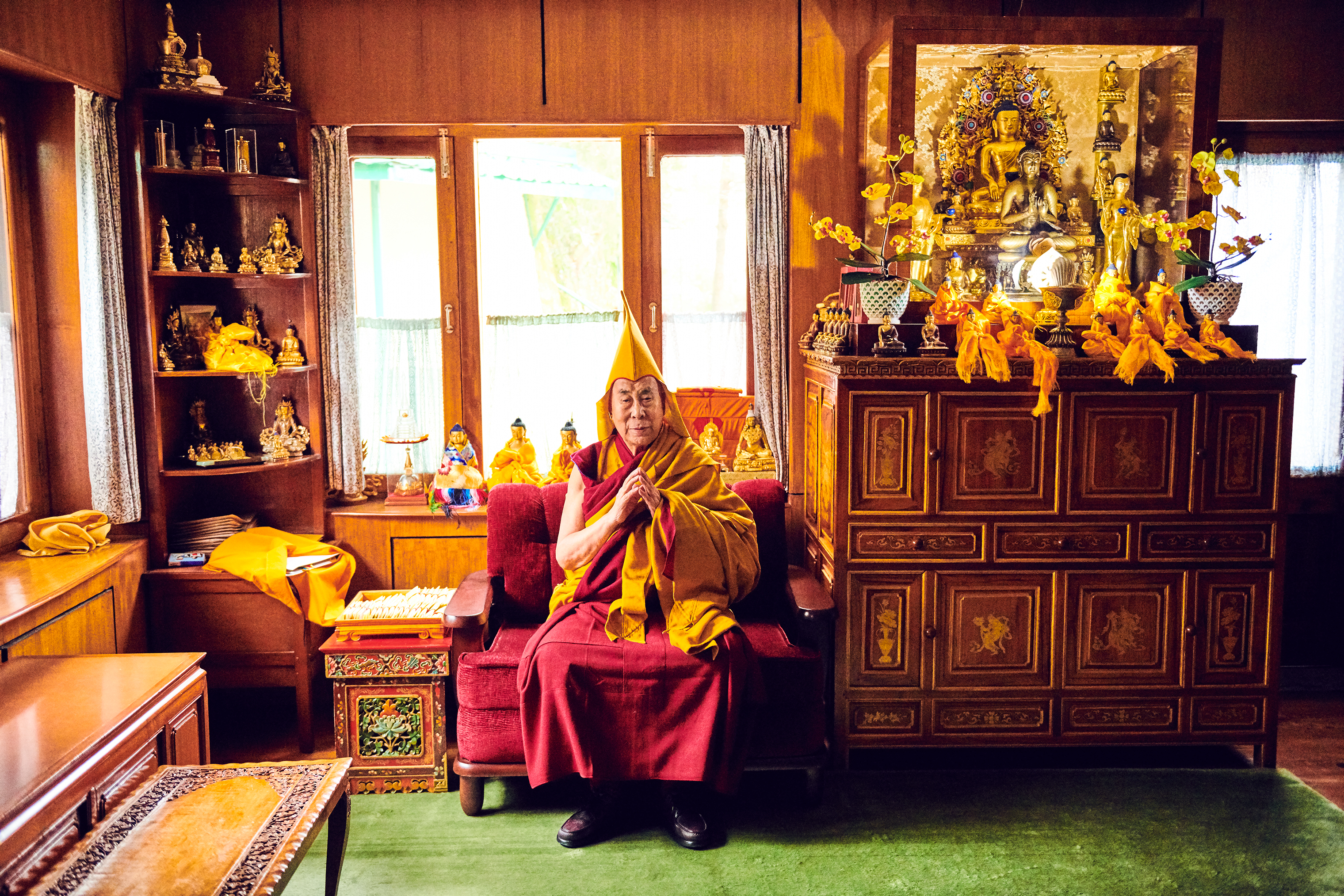Morning has broken on the cedar-strewn foothills of the Himalayas. His Holiness the 14th Dalai Lama sits in meditation in his private chapel in Dharamsala, a ramshackle town perched on the upper reaches of North India’s Kangra Valley. Rousing slowly, he unfolds his legs with remarkable agility for a man of 83, finds the red felt slippers placed neatly beneath his seat and heads outside to where a crowd has already gathered.
Around 300 people brave the February chill to offer white khata scarves and receive the Dalai Lama’s blessing. There’s a group from Bhutan in traditional checkered dress. A man from Thailand has brought his Liverpool F.C. scarf, seeking divine benediction for the U.K. soccer team’s title bid. Two women lose all control as they approach the Dalai Lama’s throne and are carried away shaking in rapture, clutching prayer beads and muttering incantations.
The Dalai Lama engages each visitor like a big kid: slapping bald pates, grabbing onto one devotee’s single braid, waggling another’s nose. Every conversation is peppered with giggles and guffaws. “We 7 billion human beings — emotionally, mentally, physically — are the same,” he tells TIME in a 90-minute interview. “Everyone wants a joyful life.”

His own has reached a critical point. The Dalai Lama is considered a living Buddha of compassion, a reincarnation of the bodhisattva Chenrezig, who renounced Nirvana in order to help mankind. The title originally only signified the preeminent Buddhist monk in Tibet, a remote land about twice the size of Texas that sits veiled behind the Himalayas. But starting in the 17th century, the Dalai Lama also wielded full political authority over the secretive kingdom. That changed with Mao Zedong’s conquest of Tibet, which brought the rule of the current Dalai Lama to an end. On March 17, 1959, he was forced to escape to India.
In the six decades since, the leader of the world’s most secluded people has become the most recognizable face of a religion practiced by nearly 500 million people worldwide. But his prominence extends beyond the borders of his own faith, with many practices endorsed by Buddhists, like mindfulness and meditation, permeating the lives of millions more around the world. What’s more, the lowly farmer’s son named as a “God-King” in his childhood has been embraced by the West since his exile. He won the Nobel Peace Prize in 1989 and was heralded in Martin Scorcese’s 1997 biopic. The cause of Tibetan self-rule remains alive in Western minds thanks to admirers ranging from Richard Gere to the Beastie Boys to Democratic House Speaker Nancy Pelosi, who calls him a “messenger of hope for millions of people around the world.”
Yet as old age makes travel more difficult, and as China’s political clout has grown, the Dalai Lama’s influence has waned. Today the Chinese Communist Party (CCP) that drove him out of Tibet is working to co-opt Buddhist principles — as well as the succession process itself. Officially atheist, the party has proved as adaptive to religion as it is to capitalism, claiming a home for faith in the nationalism Beijing has activated under Xi Jinping. In January, the CCP announced it would “Sinicize” Buddhism over the next five years, completing a multimillion-dollar rebranding of the faith as an ancient Chinese religion.

From Pakistan to Myanmar, Chinese money has rejuvenated ancient Buddhist sites and promoted Buddhist studies. Beijing has spent $3 billion transforming the Nepalese town of Lumbini, birthplace of Lord Buddha, into a luxury pilgrimage site, boasting an airport, hotels, convention center, temples and a university. China has hosted World Buddhist Forums since 2006, inviting monks from all over the world.
Although not, of course, the world’s most famous. Beijing still sees the Dalai Lama as a dangerous threat and swiftly rebukes any nation that entertains him. That appears to be working too. Once the toast of capitals around the world, the Dalai Lama has not met a world leader since 2016. Even India, which has granted asylum to him as well as to about 100,000 other Tibetans, is not sending senior representatives to the diaspora’s commemoration of his 60th year in exile, citing a “very sensitive time” for bilateral relations with Beijing. Every U.S. President since George H.W. Bush has made a point of meeting the Dalai Lama until Donald Trump, who is in negotiations with China over reforming its state-controlled economy.
Still, the Dalai Lama holds out hope for a return to his birthplace. Despite his renown and celebrity friends, he remains a man aching for home and a leader removed from his people. Having retired from “political responsibility” within the exiled community in 2011, he merely wants “the opportunity to visit some holy places in China for pilgrimage,” he tells TIME. “I sincerely just want to serve Chinese Buddhists.”
Despite that, the CCP still regards the Dalai Lama as a “wolf in monk’s robes” and a dangerous “splittist,” as Chinese officials call him. He has rejected calls for Tibetan independence since 1974 — acknowledging the geopolitical reality that any settlement must keep Tibet within the People’s Republic of China. He instead advocates for greater autonomy and religious and cultural freedom for his people. It matters little.
“It’s hard to believe a return would happen at this point,” says Gray Tuttle, a professor of modern Tibetan studies at Columbia. “China holds all the cards.”
The boy born Lhamo Thondup was identified as the 14th incarnation of the Dalai Lama at just 2 years old, when a retinue of top lamas, or senior Buddhist Tibetan monks, followed a series of oracles and prophecies to his village in northeastern Tibet. The precocious toddler seemed to recognize objects belonging to the 13th Dalai Lama, prompting the lamas to proclaim him the celestial heir. At age 4, he was carried on a golden palanquin into the Tibetan capital, Lhasa, and ensconced in its resplendent Potala Palace. A daily routine of spiritual teaching by top religious scholars followed.
“Sometimes my tutor kept a whip to threaten me,” the Dalai Lama recalls, smiling. “The whip was yellow in color, as it was for a holy person, the Dalai Lama. But I knew that if the whip was used, it made no difference — holy pain!”
It was a lonely childhood. The Dalai Lama rarely saw his parents and had no contact with peers of his own age, save his elder brother Lobsang Samden, who served as head of household. Despite his tutors’ focus on spiritual matters, or perhaps because of it, he was fascinated by science and technology. He would gaze from the Potala’s roof at Lhasa street life through a telescope. He took apart and reassembled a projector and camera to see how they functioned. “He continually astonished me by his powers of comprehension, his pertinacity and his industry,” wrote the Austrian mountaineer Heinrich Harrer, who became the Dalai Lama’s tutor and was one of six Europeans permitted to live in Lhasa at the time. Today the Dalai Lama proudly describes himself as “half Buddhist monk, half scientist.”
The Dalai Lama was only supposed to assume a political role on his 18th birthday, with a regent ruling until then. But the arrival of Mao’s troops to reclaim dominion over Tibet in 1950 caused the Tibetan government to give him full authority at just 15. With no political experience or knowledge of the outside world, he was thrust into negotiations with an invading army while trying to calm his fervent but poorly armed subjects.
Conditions worsened over the next nine years of occupation. Chinese proclamations calling Lord Buddha a “reactionary” enraged a pious populace of 2.7 million. By March 1959, rumors spread that the Dalai Lama would be abducted or assassinated, fomenting a doomed popular uprising that looked likely to spill into serious bloodshed. “Just in front of the Potala [Palace], on the other side of the river, there was a Chinese artillery division,” the Dalai Lama recalls. “Previously all the guns were covered, but around the 15th or 16th, all the covers were removed. So then we knew it was very serious. On the 17th morning, I decided to escape.”
The two-week journey to India was fraught, as Chinese troops hunted the party across some of the world’s most unforgiving terrain. The Dalai Lama reached India incognito atop a dzo, a cross between a yak and a cow. Every building in which he slept en route was immediately consecrated as a chapel, but the land he left behind was ravaged by Mao’s disastrous Great Leap Forward and Cultural Revolution. Hundreds of thousands died. By some reckonings, 99.9% of the country’s 6,400 monasteries were destroyed.
Tibet’s desire to remain isolated and undisturbed had served it poorly. The kingdom had no useful allies, the government of Lhasa having declined to establish official diplomatic relations with any other nation or join international organizations. The Dalai Lama’s supplications were thus easy to ignore. Tibet had remained staunchly neutral during World War II, and the U.S. was already mired in a fresh conflict on the Korean Peninsula.
“[First Indian Prime Minister] Pandit Nehru told me, ‘America will not fight the Chinese communists in order to liberate Tibet, so sooner or later you have to talk with the Chinese government,’” the Dalai Lama recalls.
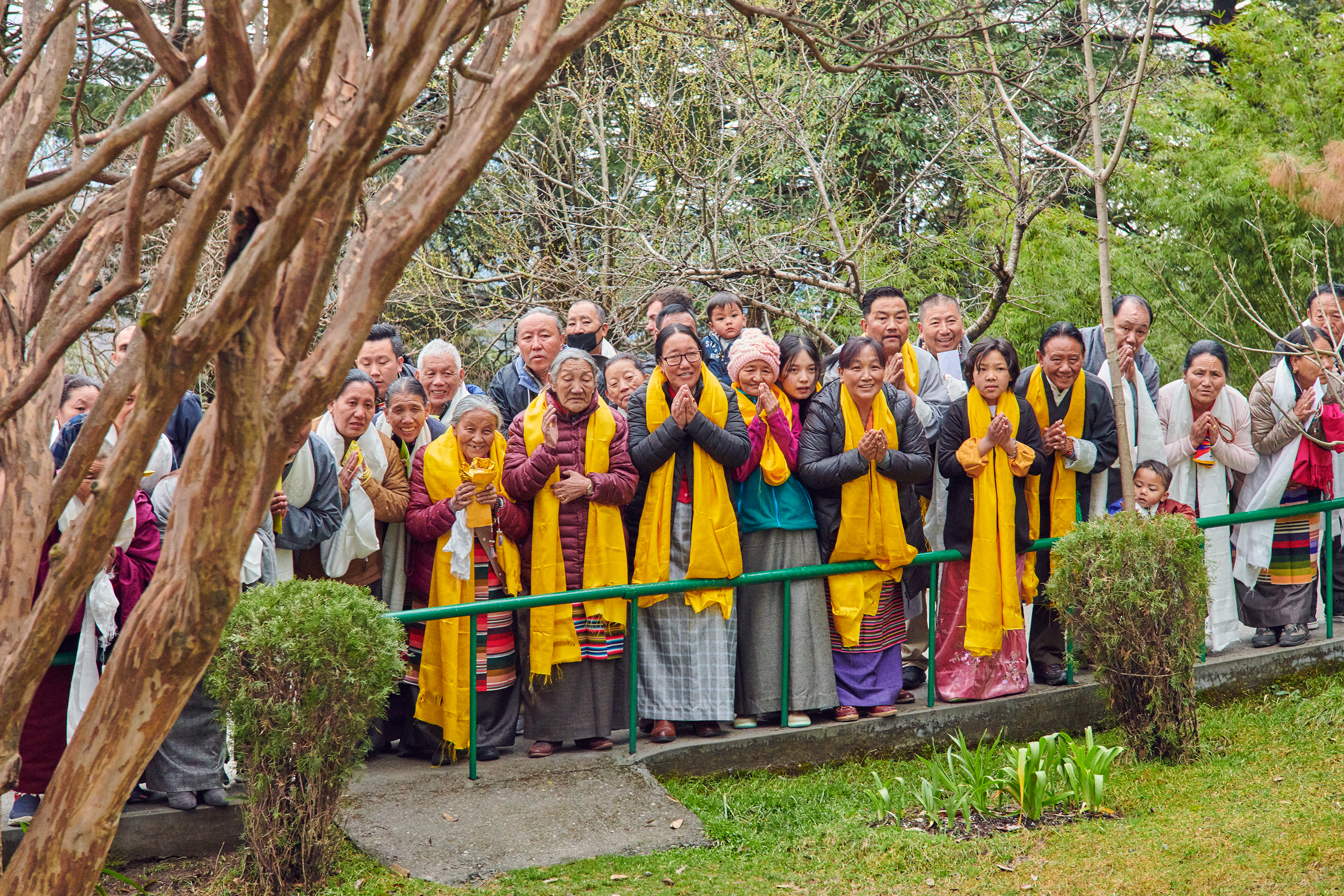
When Tibetans first followed the Dalai Lama into India, they lived with bags packed and did not build proper houses, believing a glorious return would come at a moment’s notice. It never did.
Four decades of conversations between China and exiled Tibetan leadership have led nowhere. Consolatory talks began in the 1970s between the Dalai Lama’s envoys and reformist Chinese leader Deng Xiaoping and continued under Deng’s successor, Jiang Zemin. The talks stipulated that Tibetan independence was off the table, but even so, the drawn-out process was suspended in 1994 and after briefly resuming in the 2000s is again at a standstill.
Meanwhile, Tibet remains firmly under the thumb of Beijing. The U.N. High Commissioner for Human Rights has lamented that conditions are “fast deteriorating” in the region. In May, Tibetan businessman Tashi Wangchuk was jailed for five years merely for promoting the Tibetan language. In December, the government issued a directive to stop Tibetan language and culture from being taught in monasteries. Once known as the “abode of the gods,” Lhasa has become a warren of neon and concrete like any other Chinese city. Although the U.S. officially recognizes Tibet as part of China, Vice President Mike Pence said in July that the Tibetan people “have been brutally repressed by the Chinese government.”
Many allege their cultural and religious freedom is under attack by the Beijing government. Some in Tibet resort to extreme measures to protest their treatment. Since 2009, more than 150 Tibetans — monks, nuns and ordinary civilians — have set themselves ablaze in protest. Often self-immolators exalt the Dalai Lama with their final breaths. Despite his message of nonviolence, the Dalai Lama has been criticized for refusing to condemn the practice. “It’s a very difficult situation,” he says. “If I criticize [self-immolators], then their family members may feel very sad.” He adds, however, that their sacrifice has “no effect and creates more problems.”
Beijing vehemently refutes accusations of human-rights violations in Tibet, insisting that it fully respects the religious and cultural rights of the Tibetan people, and highlights how development has raised living standards in the previously isolated and impoverished land. China has spent more than $450 million renovating Tibet’s major monasteries and religious sites since the 1980s, according to official figures, with $290 million more budgeted through 2023. The world’s No. 2 economy has also greenlighted massive infrastructure projects worth $97 billion, with new airports and highways carving through the world’s highest mountains, nominally to boost the prosperity of the 6 million ethnic Tibetans.
This level of investment presents a dilemma to Tibetans stranded in exile. The majority live in India, under a special “guest” arrangement by which they can work and receive an education but, crucially, not buy property. Many toil as roadside laborers or make trinkets to sell to tourists. And so large numbers of young Tibetans are making the choice to return, lured to a homeland they have never known. “If you want a safe and secure future for your children, then either you go back to Tibet or some other country where you can get citizenship,” says Dorji Kyi, director of the Lha NGO in Dharamsala, which supports Tibetan exiles.
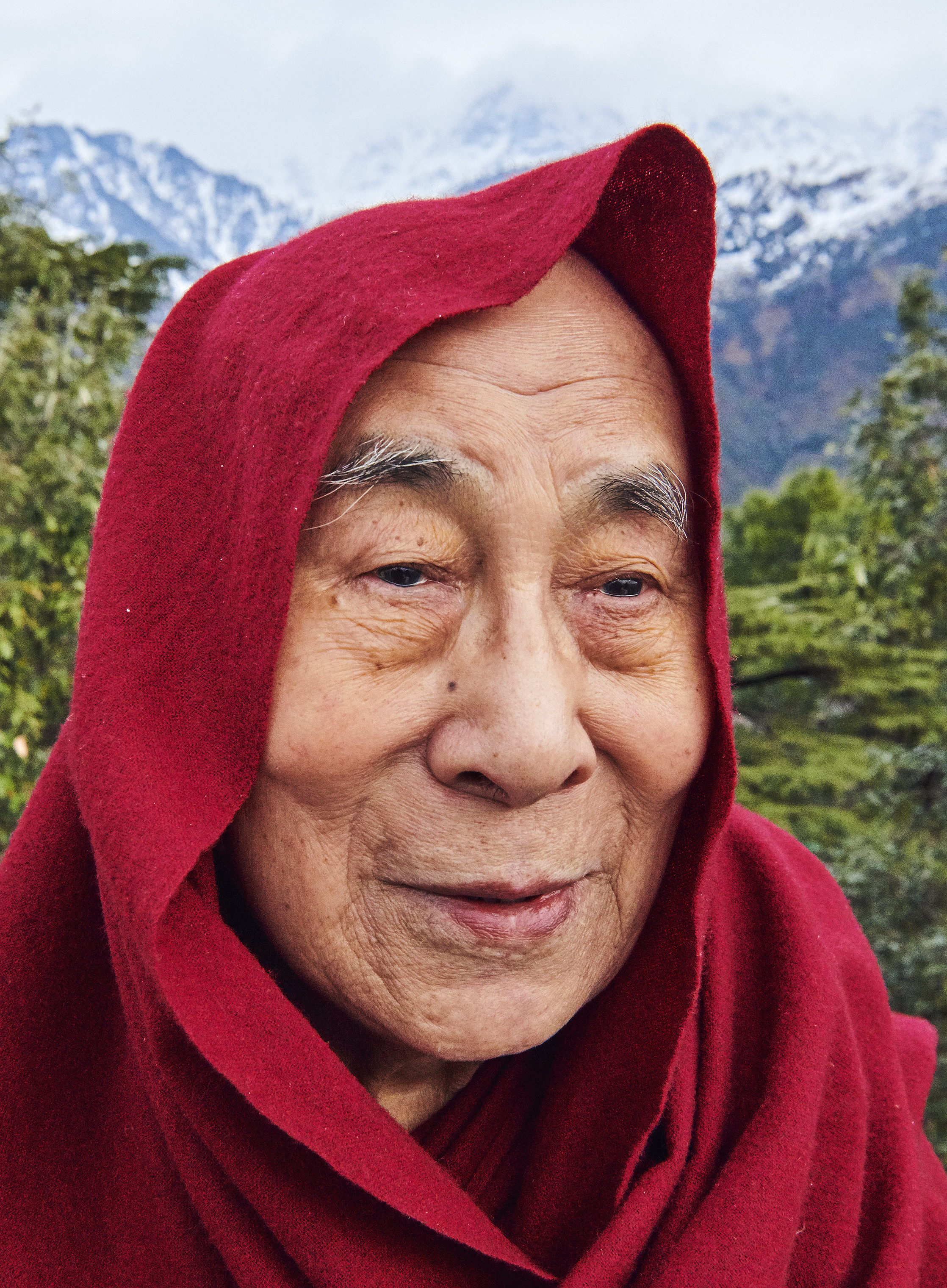
Many of the returnees are armed with better education and world experience than their peers who grew up in Tibet. “Some of them do well,” says Thupten Dorjee, president of Tibetan Children’s Village, a network of five orphanages and eight schools that has cared for 52,000 young Tibetans in India. “But if they get involved in political things then they land into trouble.”
Tibet still has a government-in-exile, the Central Tibetan Administration (CTA) in Dharamsala, but it is dogged by infighting and scandal. Exiles are instead forging their own path. Last September, the Dalai Lama himself was filmed at his temple telling young Tibetans that it was better to live under Beijing’s rule than stay as “beggars” in exile. Speaking to TIME, he said it was “no problem” if exiled Tibetans chose to return to China.
Even those who have achieved prosperity elsewhere are opting to return. Songtsen Gyalzur, 45, sold his real estate business in Switzerland, where his Tibet-born parents immigrated after first fleeing to India, to start China’s Shangri-La Highland Craft Brewery in 2014. Today his award-winning brewery has an annual capacity of 2.6 million gallons of lagers, ales and porters. He recruits 80% of the staff from orphanages his mother set up in Tibetan areas in the 1990s. “Tibet has so many well-educated, well-trained professionals abroad who could have a real impact on people’s lives here,” he says.
Despite the “Lost Horizon” legend, the kingdom was never a spiritual and agrarian utopia. Most residents lived a Hobbesian existence. Nobles were strictly ranked in seven classes, with only the Dalai Lama belonging to the first. Few commoners had any sort of education. Modern medicine was forbidden, especially surgery, meaning even minor ailments were fatal. The sick were typically treated with a gruel of barley meal, butter and the urine of a holy monk. Life expectancy was 36 years. Criminals had limbs amputated and cauterized in boiling butter. Even the wheel wasn’t commonly employed, given the dearth of passable roads.
The Dalai Lama has admitted that Tibet was “very, very backward” and insists he would have enacted reforms. But he also emphasizes that traditional Tibetan life was more in communion with nature than the present. Tibet hosts the largest store of fresh water outside the Arctic and Antarctic, leading some environmentalists to term its frozen plateau the “third pole,” and especially vulnerable to the choking development unleashed by the Beijing government.
“Global warming does not make any sort of exception — just this continent or that continent, or this nation or that nation,” the Dalai Lama says. Asked who is responsible for fixing the crisis, he points not to Beijing but to Washington. “America, as a leading nation of the free world, should take more serious consideration about global issues.”
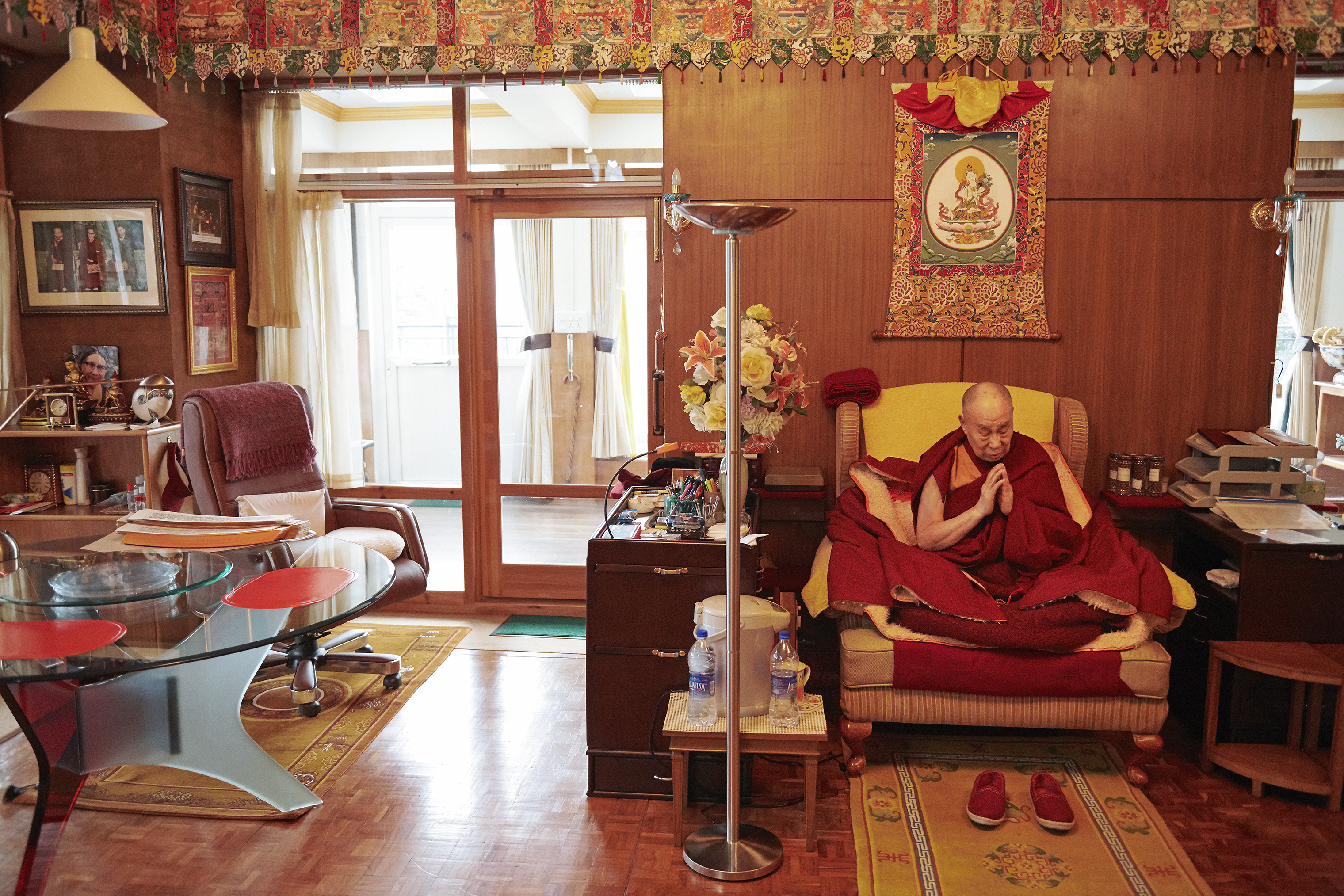
The Dalai Lama is a refreshingly unabashed figure in person. His frequent laughter and protuberant ears make him seem cuddly and inoffensive, and it’s difficult to overstate how tactile he is. He appears equally at home with both the physical and the spiritual, tradition and modernity. He meditated within reach of an iPad tuned to an image of a babbling brook and mountains and a few minutes later turned to Tibetan scriptures written on wide, single sheets, unbound. He retires at 6 p.m. and rises at 4 a.m. and spends the first hours of his day in meditation.
“Western civilization, including America, is very much oriented toward materialistic life,” he says. “But that culture generates too much stress, anxiety and jealousy, all these things. So my No. 1 commitment is to try to promote awareness of our inner values.” From kindergarten onward, he says, children should be taught about “taking care of emotion.”
“Whether religious or not, as a human being we should learn more about our system of emotion so that we can tackle destructive emotion, in order to become more calm, have more inner peace.”
The Dalai Lama said his second commitment is to religious harmony. Conflicts in the Middle East tend to involve sectarian strife within Islam. “Iran is mainly Shi‘ite. Saudi Arabia, plus their money, is Sunni. So this is a problem,” he says, lamenting “too much narrow-mindedness” and urging people of all faiths to “broaden” their thinking.
Buddhism has its own extremists. The themes of Buddhism, as a nontheistic religion with no single creator deity, are more accessible to followers of other faiths and even ardent atheists, emphasizing harmony and mental cleanliness. But the Dalai Lama says he is “very sad” about the situation in Myanmar, where firebrand Buddhist monks have incited the genocide of Rohingya Muslims. “All religions have within them a tradition of human loving kindness,” he says, “but instead are causing violence, division.”
He keeps a sharp eye on global affairs and is happy to weigh in. Trump’s “America first” foreign policy and obsession with a wall on the southern U.S. border make him feel “uncomfortable,” he says, calling Mexico “a good neighbor” of the U.S. Britain’s impending exit from the European Union also warrants a rebuke, as he has “always admired” the E.U.
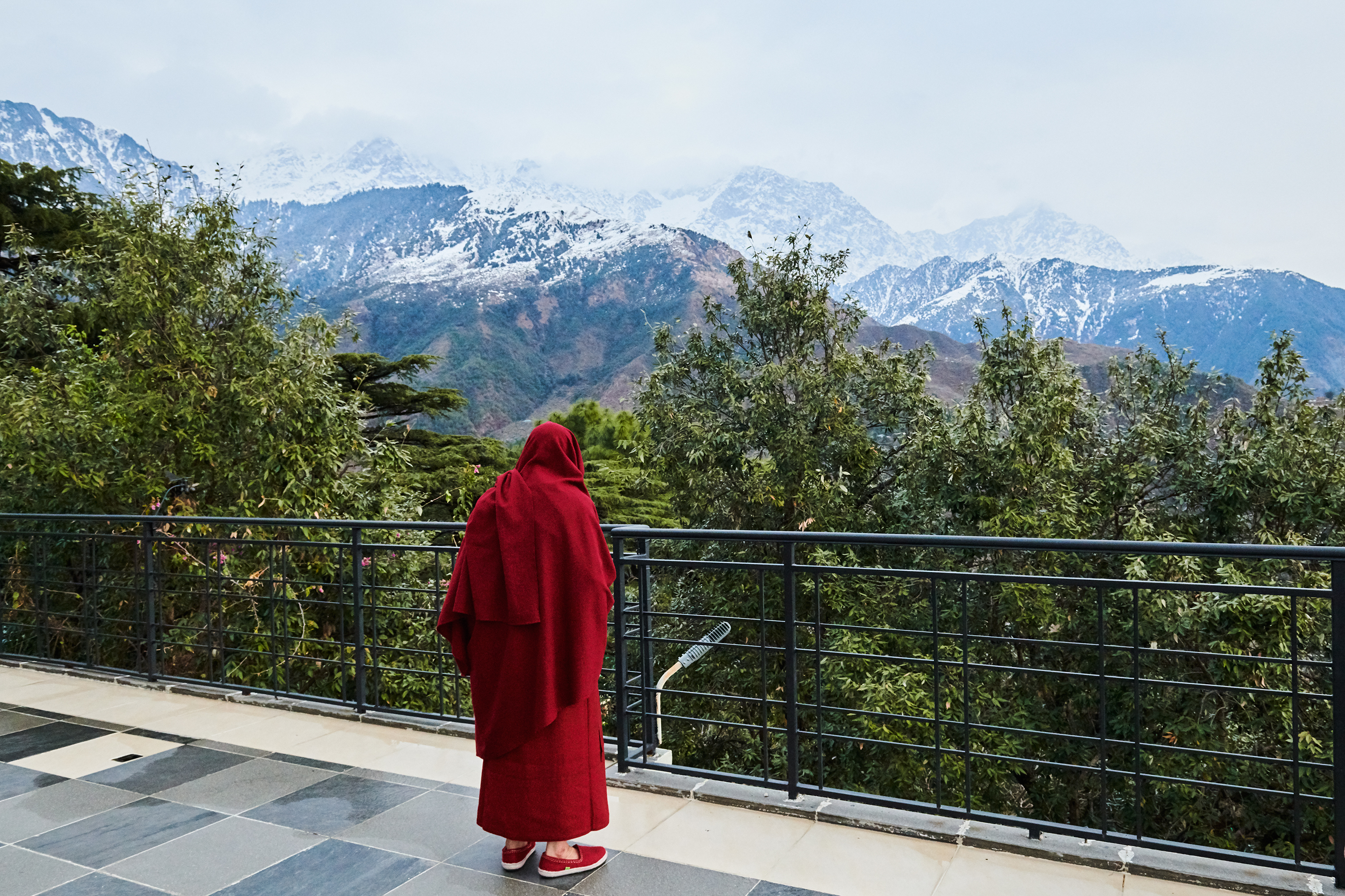
In his ninth decade and moving with the help of assistants, the Dalai Lama continues to explore human consciousness and question long-held shibboleths. During a series of lectures in February to mark the Tibetan new year, he pontificates on everything from artificial intelligence — it can never compete with the human mind, he says — to blind deference to religious dogma. “Buddha himself told us, ‘Do not believe my teaching on faith, but rather through thorough investigation and experiment,’” he says. “So if some teaching goes against reason, we should not accept it.”
This includes the institution of the Dalai Lama itself. Even as a young boy, his scientific mind led him to question the idea that he was the 14th incarnation of a deity king. His former tutor recalled that he found it odd that the prior Dalai Lama “was so fond of horses and that they mean so little to me.” Today the Dalai Lama says the institution he embodies appears “feudal” in nature. Leaving the spiritual element aside, he says he doesn’t believe any political authority should be conferred when he dies. “On one occasion the Dalai Lama institution started,” he says. “That means there must be one occasion when the institution is no longer relevant. Stop. No problem. This is not my concern. China’s communists, I think, are showing more concern.”
Indeed they are. In a blow to the Tibetan exile community, China has set about bringing the leadership of Tibetan Buddhism into the party fold. When the Dalai Lama named a Tibetan child as the reincarnation of the previous Panchen Lama in 1995 — the second highest position in Tibetan Buddhism after himself — China put the boy into “protective custody” and installed a more pliant figure instead. The whereabouts of the Dalai Lama’s choice remain unknown.
So when the Dalai Lama leaves this plane of existence, it’s highly likely a 15th incarnation will be chosen by the godless CCP. “It’s pretty obvious the Chinese state is preparing for it, which is absurd,” Tuttle says. Tibetan Buddhists will be forced to choose between the party’s Dalai Lama and the selection of Tibetan exiles. On this point, at least, the incumbent is very clear. Any decision on the next Dalai Lama, he says, should be “up to the Tibetan people.”
No doubt the party’s desire to name a Dalai Lama stems from the fact that there are 244 million Buddhists in China — a cohort that dwarfs the CCP membership by 3 to 1. The party craves legitimizing its power above all else and believes yoking it to the institution of the Dalai Lama will provide that. But Beijing clearly also hopes it will be a symbolic final nail in the coffin of Tibetan self-rule, completing the absorption of Tibet into the People’s Republic of China that began seven decades ago.
So in a twist of irony, it seems the incumbent God-King’s wish will eventually be granted. One day a Dalai Lama will return to China — in this body or the next, with his blessing or without.
Correction, Mar. 7
A photo caption in the original version of this story misidentified a group of people waiting to see the Dalai Lama. They are devotees, not Buddhist monks.
- The 100 Most Influential People of 2024
- The Revolution of Yulia Navalnaya
- 6 Compliments That Land Every Time
- Stop Looking for Your Forever Home
- If You're Dating Right Now, You're Brave: Column
- The AI That Could Heal a Divided Internet
- Fallout Is a Brilliant Model for the Future of Video Game Adaptations
- Want Weekly Recs on What to Watch, Read, and More? Sign Up for Worth Your Time
